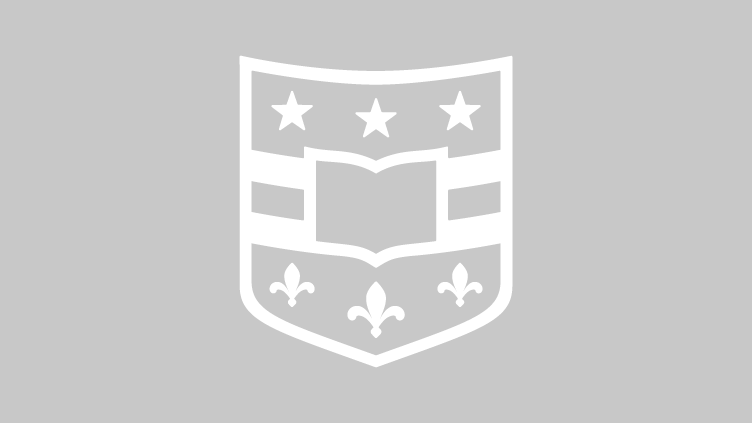Middle East expert to discuss latest developments in Egypt
Samer S. Shehata, PhD, a leading Arab-American expert on Middle East politics, will deliver the keynote address at a public symposium titled “The Crisis in Egypt” at 4 p.m. Monday, Sept. 23, at Washington University in St. Louis. The symposium, which will be held in Umrath Lounge, will also feature a roundtable discussion and presentations on the latest developments in Egypt.
Ecuador’s former president offers his perspectives on government’s role in health care
Public health is becoming one of the most pressing social concerns facing the global community, and it’s an issue Alfredo Palacio recognized years ago as president of the Republic of Ecuador. Palacio will visit Washington University during its annual Global Health Week Sept. 23-27 and give an Assembly Series talk on “Government and Health Care: Perspectives from a President and a Physician” at 5 p.m. Wednesday, Sept. 25, in Graham Chapel.
An Evening with Judy Collins
In a career stretching more than five decades, Judy Collins has been a piano prodigy, an anti-war activist and a chart-topping, Grammy Award-winning pop icon. On Oct. 12, the Edison Ovations Series at Washington University in St. Louis will welcome Collins for a special, one-night-only performance.
Students choose labs via scientific ‘speed dating’
Faculty members manned posters highlighting their research at a recent Division of Biology and Biomedical Sciences event geared toward helping graduate students meet faculty and learn about research before signing up for laboratory rotations. The event is an engaging step for students earning their PhDs or MD/PhDs through the Medical Scientist Training Program. Pictured is student Allyson Mayer visiting with Carlos Bernal-Mizrachi, MD, at the event.
Leigh Schmidt’s installation address includes ‘Mystics, Cranks, and William James’
Leigh E. Schmidt, PhD, delivered the following address during his Sept. 3 installation ceremony as the Edward Mallinckrodt Distinguished University Professor at Washington University in St. Louis.
URSA grants awarded to six teams
The Office of the Vice Chancellor for Research (OVCR) has announced the six winners of the 2013 University Research Strategic Alliance (URSA) grants. URSA grants provide one-year, $25,000 seed funding to full-time WUSTL faculty members. The URSA program aims to encourage researchers to collaborate across disciplines and schools.
Schmidt installed as Mallinckrodt Distinguished University Professor
Leigh E. Schmidt, PhD, was installed as the Edward Mallinckrodt Distinguished University Professor during a Sept. 3 ceremony in Holmes Lounge, Ridgley Hall. Chancellor Mark S. Wrighton places a medallion on Schmidt, who delivered a talk, titled “Mystics, Cranks, and William James.” A historian of American religion, Schmidt joined the John C. Danforth Center on Religion & Politics in 2011.
From ‘Ol’ Man River’ to 1960s rock, Hold That Thought tackles American identities
This fall, Hold That Thought, a weekly podcast series from Arts & Sciences at Washington University in St. Louis, will continue to delve into current academic research by teaming up with WUSTL’s American Culture Studies program. Together, they are exploring the question of what it means to be an American, today and throughout the country’s history.
Model organism gone wild
Some wild clones of social amoebas farm the bacteria they eat, but this is a losing strategy if nonfarming amoebas can steal the farmers’ crops. To make the strategy work, the farmers also carry bacteria that secrete chemicals that poison free riders. The work suggest farming is complex evolutionary adaptation that requires additional strategies, such as recruiting third parties, to effectively defend and privatize the crops, the Washington University in St. Louis scientists say.
Campus groups put Arts First
Whether it’s Edgar Degas sketching ballerinas or Lou Reed singing about “Romeo and Juliette,” the arts don’t exist in a vacuum. Lines get blurred, influences get shared, inspirations get gloriously tangled. This fall, four WUSTL areas have banded together to create Arts First, a multidisciplinary, campus-wide subscription package.
View More Stories

